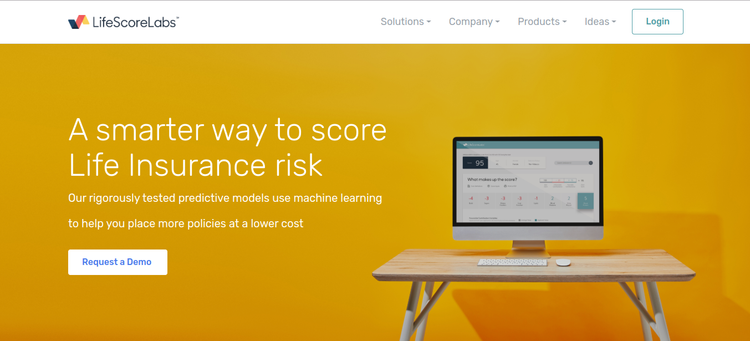Five important questions for B2B media: Part Five
(This is the final post in a five-part series in which I pose questions about the state of B2B media.
You can find the earlier installments here, here, here and here.)
I spoke at the Folio:Show a few weeks ago, sharing my thoughts on hiring in this new and challenging era of multimedia reporting, programmer/journalists and social media. I ended my remarks by talking briefly about a young New Zealander named Glenn Wolsey.
I'm a fan of Glenn's work. So I like to use him as an example of what the new style of journalist can look like. He has the subject matter expertise that B2B media requires (Glenn is an expert on Apple products.) He's a talented writer. He looks great in video. And he's a gifted photographer. He publishes a blog, and is comfortable with conversational media. And as a resident of New Zealand who writes about a U.S.-based company, he symbolizes all that is important and powerful about the global economy and a distributed workforce.
But the real reason I love to use Glenn as an example is the shock value.
Because he's only 15-years old.
Check out Glenn's site here. Or read an interview with him here.
A little more than two years ago I wrote for the first time about what I sensed was becoming a phenomenon -- standalone journalism (or entrepreneurial journalism.) The Web had created a situation in which anyone could be a publisher. There were no start-up costs. There was no need to cajole investment bankers into lending you money. You didn't need a boss, a circulation department, ad salesmen, printers, tech staff or a receptionist.
You could publish all by yourself. And you could do it because you thought you could make money. Or you could do it because you enjoyed it. Even 15-year olds like Glenn -- who would never have been able to grab the attention of traditional publishers -- were now free to compete in the realm of ideas, rather than the worlds of investment capital or traditional employment.
Two years ago this month, as more bloggers and entrepreneurs rushed into our markets, I told readers that "it's time to ask yourself, if you're in this game for the money, how can you compete against someone who is in it for love? "
Certainly the rise of "user-generated content" has provided part of the answer. Publishers have found that they can co-opt the passion of this new generation of bloggers and standalone journalists by bringing them in-house while allowing their style of conversational journalism to flourish. Every smart B2B publisher has embraced the idea that readers are also writers, that the audience can also be reporters, that everyone can contribute.
But consider, if you will, some of the other challenges that have arisen.
Google has replaced the home page. People don't "surf" for information the way they did just a few years ago. Now they search for it. And woe is the B2B publisher who is so delusional that he thinks readers continue to bookmark his site and check it constantly for updates.
Content aggregators have become delivery systems. For everyone who subscribes to one of our newsletters, there's someone else who subscribes to a more neutral provider like SmartBrief or FierceMarkets.
Once we could argue that the work we produced had a professionalism that others could not duplicate. But that's no longer true. Content marketers have learned our methods, and they are producing compelling content that rivals anything done by traditional publishers.
There are, of course, ways to respond to these challenges. Search-engine optimization is a must-have skill for journalists and publishers. The way to make your email newsletter more valuable is by offering more value within it -- linking to information wherever it comes from, including competitors. B2B companies can expand their custom-publishing operations and embrace the it-doesn't-read-like-an-ad mentality of the smartest content marketers.
But the challenges keep coming. And I have my doubts that most B2B companies are prepared for whatever comes next.
Half-full Glass
If you're a longtime reader of this blog, or if you've ever seen me speak at an industry event, then you know I am both thrilled and optimistic about the changes in media. I'm not one of those people who long for the old days. I love bloggers and multimedia reporters and programmer/journalists. I love feedback functions and Website functionality. I love YouTube and Facebook and Twitter. I love RSS and CSS and every other acronym in the new-media world.
But I also recognize that we have lost things.
Until recently, most of us were among the sole voices that people recognized and trusted in the industries we cover. Until recently, our publications were among the few ways that marketers could reach their targets. We worked less than we do now, but it was easier to make money.
In business, people sometimes talk about points of difference and unique selling propositions. But in B2B media, it's getting harder and harder for people to point to what makes their products unique. Everyone is a publisher now and Google is everyone's circulation department.
Which brings us to today's question:
What can you, your staff and your publication bring to the table that no one else can? (I've published my answer to that question here.)
tags: journalism, b2b, media, trade press, magazines, entrepreneurial journalism, standalone journalism




